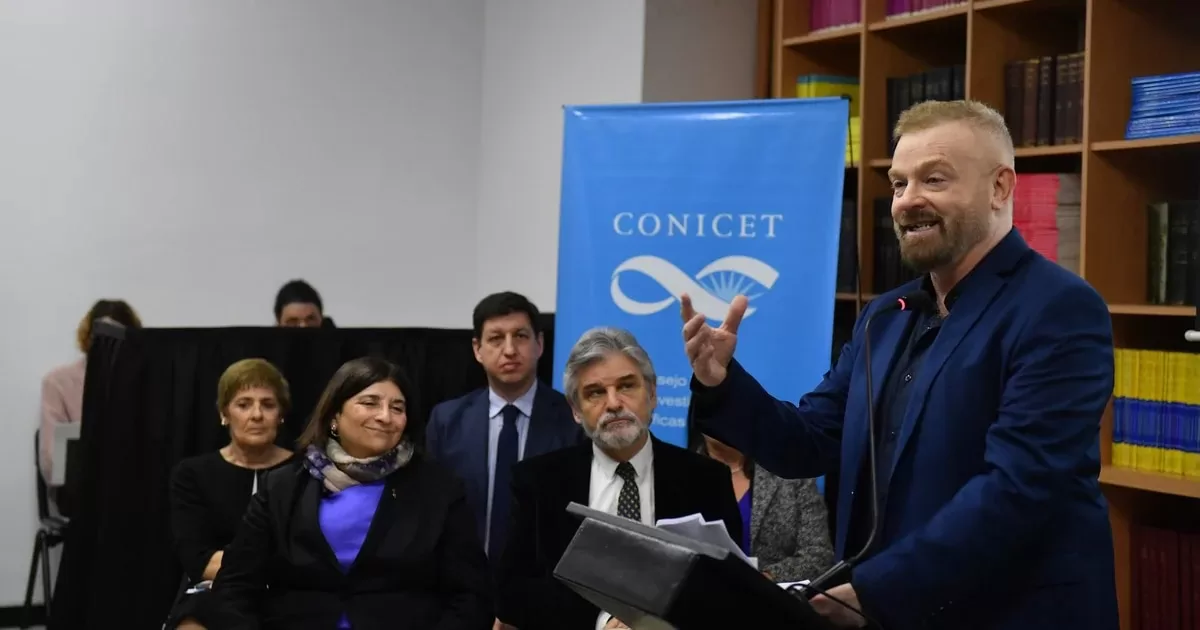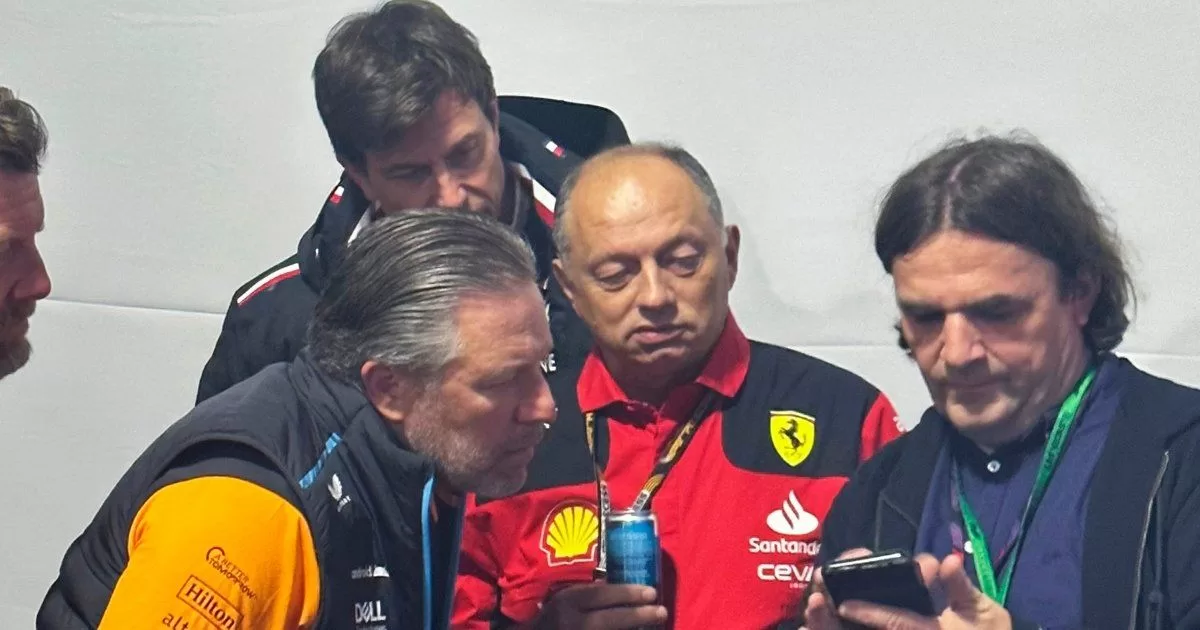The remains that turned out to belong to animals were found on July 7 during a search in the Tragadero River, on the outskirts of a pig’s shop owned by Emerenciano Sena, the victim’s father-in-law and one of the defendants in the case.
Meanwhile, in the charred bone remains found in the first search, which do belong to an adult person, no traces of DNA were found, the sources indicated.
“The conclusion of the genetic analyzes is the impossibility of obtaining DNA results from the bone and dental samples studied, bearing in mind that said elements were in a state of carbonization or calcination, a condition that severely affects the conservation of the pieces and limits the possibility of extracting quality DNA”, says the report of the Forensic Genetics Laboratory, of the Argentine Forensic Anthropology Team, of the city of Córdoba, cited in a statement from the prosecutor’s team investigating the case.
Once these remains have been discarded, the only biological traces that to date have been corroborated as belonging to the victim are blood samples taken from the floor of a room in the house of the parents of her partner, César Sena, another of those accused by the alleged crime.
The blood had been found on a mattress and the grill of a bed and coincided with the genetic profile provided by Gloria Romero, the victim’s mother.
So how is the investigation going now?
During these days, prosecutors are holding a series of hearings to resolve issues in the case and to advance the investigation. And next week the DNA expertise begins on the sample taken from César Sena’s truck, which was confirmed to be human blood, judicial sources confirmed.
Timeline of the Strzyzowski case
Strzyzowski, a 28-year-old girl, was last seen alive on June 1, when she got into the truck of her partner, César Sena, in Resistencia, Chaco, to supposedly start a plane trip from the Corrientes airport. , first to Buenos Aires and then to Ushuaia.
The last known images of Strzyzowski were recorded by a security camera in a house in front of the house of the parents of the young woman’s couple, Emerenciano Sena and Marcela Acuña. Admission was on June 2 at 9:16 AM (local time).
The same camera that captured Strzyzowski entering the Sena home did not record that he left the place alive, according to authorities. Instead, the prosecution said that it was able to detect, also through these images, the Sena “in a very suspicious attitude.”
On the day of Strzyzowski’s disappearance, the prosecutor’s office confirmed, based on testimony, that César Sena was seen at approximately 11 am “without having any injury to his neck or hand,” prosecutor Jorge Gómez said in a conference press at the beginning of the investigation. “In the afternoon, they already see him with neck and hand injuries,” he added. For the prosecution, this would indicate a possible confrontation between victim and perpetrator.
“(That day) César and Cecilia’s cell phones moved together, when we believe that Cecilia had already been murdered,” said Gómez. “And so, we have a number of tests that were incorporated,” he said.
There are seven defendants for the alleged femicide of Strzyzowski: his partner, César Sena; his parents, Emerenciano Sena and Marcela Acuña; the driver José Gustavo Obregón and his wife, Fabiana González; the landlord of the Sena field, Gustavo Melgarejo, and his partner, Griselda Reinoso.
César Sena was accused by the prosecution of “homicide triply aggravated by the bond, by the premeditation and the participation of two or more people, and for having been committed in the context of gender violence or femicide.”
Emerenciano Sena and Marcela Acuña were accused by the prosecution of “aggravated homicide by the premeditation of two or more people.”
The other four suspects are charged with “aggravated concealment.”




